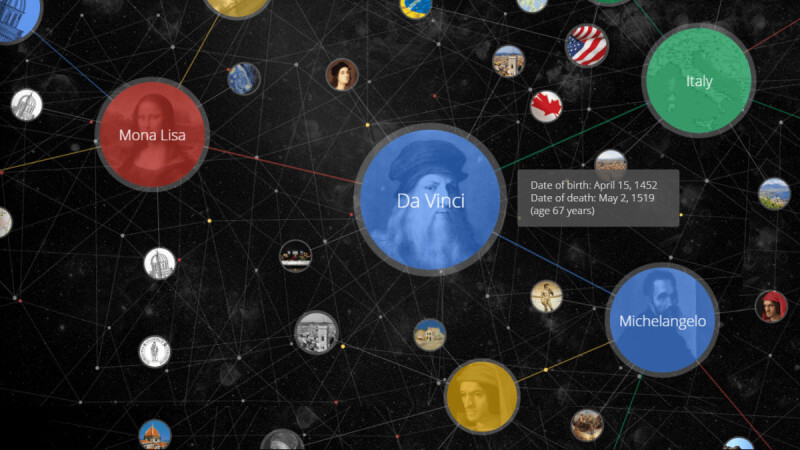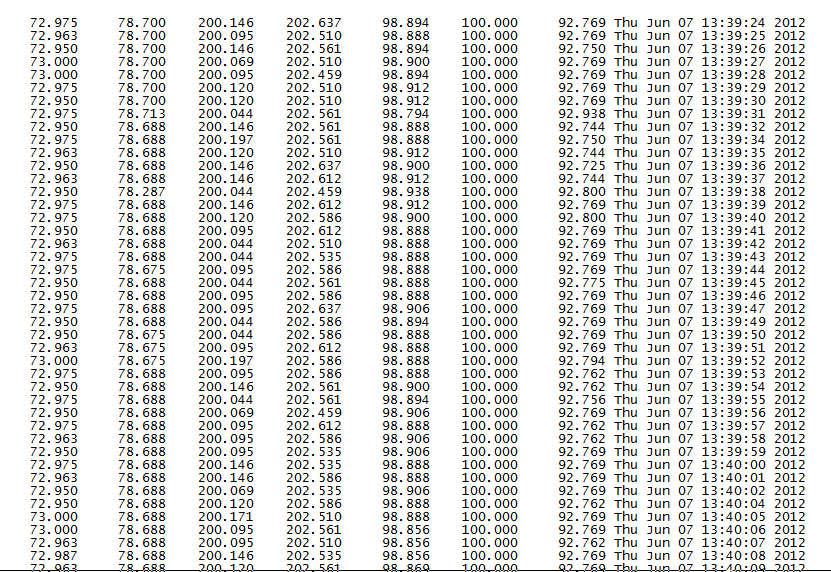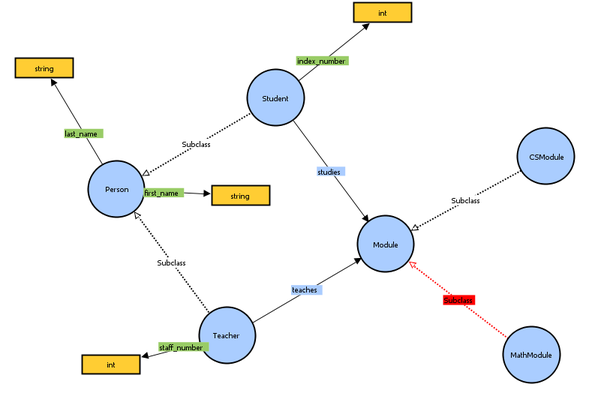Introduction to Ontologies
Monsoon 2018
Instructor: Raghava Mutharaju
IIIT-Delhi

What is an Ontology (Philosophy)
- The term ontology has its origins in philosophy
- It is the knowledge/study of being or existence
- It is a discussion of how things exist
- Eg: What are the fundamental parts of the World?
- Eg: How are they related to each other?
- Eg: What is a thing?
- Eg: How can we categorize things?
- It is a way to categorize the World into objects and relations
What is an Ontology (Computer Science)
- Gruber: “An ontology is a formal explicit specification of a shared conceptualization.”
- formal: ontology should be defined in a formal language
- explicit specification: concepts, relations between them and the constraints on them should be explicitly defined
- shared: "ontology should be a shared view between several parties, a consensus rather than an individual view"
- conceptualization: "ontology should be an abstract, simplified view of the world that we wish to represent for some purpose"
- M. Uschold, M. Gruninger: “An ontology is a shared understanding of some domain of interest.”
- shared understanding: ontology is the common vocabulary for the stakeholders to communicate. Eg: data integration
- domain of interest: ontology focusses on a particular piece of the World. There cannot be one big ontology of everything
- An ontology should be machine processable
Different Perspectives of the World

Perspective 1: Italian cuisine; delicious food
- Different types of cuisines such as Indian, Italian, Mexican, Japanese etc.
- Different dishes in each cuisine
- Characteristics of each dish such as spicy, grilled, steamed etc.
Perspective 2: Recipe
- What is the recipe for Pizza
- What are the ingredients?
- What kind of cooking utensils are required?
Perspective 3: Calorie Concious
- What ingredients go into making this Pizza?
- How many calories does each ingredient contribute to?
- What is the weight of this Pizza?
What is an Ontology (Computer Science)
- Gruber: “An ontology is a formal explicit specification of a shared conceptualization.”
- M. Uschold, M. Gruninger: “An ontology is a shared understanding of some domain of interest.”
- An ontology should be machine processable
Conceptual Modelling
- It is a way to express our understanding of the system using concepts (abstract building blocks)
- Several conceptual modelling techniques
- Entity Relationship (ER) models
- UML diagrams
- Ontologies
ER and Ontologies
- ER model consists of entities and the relationships between them
- Entity can have properties associated with it
- A property can have value associated with it
- Eg: Employee has an ID. Employee works in an organization
- Generally used in database modelling
- In ontologies
- relationship among properties can be established
- properties can exist independent of entities
- hasSon is a subPropertyOf hasChild
- complex relationships can be modelled
- ER model consists of entities and the relationships between them
- Entity can have properties associated with it
- A property can have value associated with it
- Eg: Employee has an ID. Employee works in an organization
- Generally used in database modelling
- In ontologies
- relationship among properties can be established
- properties can exist independent of entities
- hasSon is a subPropertyOf hasChild
- complex relationships can be modelled
UML and Ontologies
- UML is short for Unified Modelling Language
- It is used for modelling software systems
- Provides different types of diagrams to model the structure (class diagram) and behaviour (activity diagram, use case diagram) of the system
- Ontologies are more expressive but hard to model information and data flow in the system
- UML is short for Unified Modelling Language
- It is used for modelling software systems
- Provides different types of diagrams to model the structure (class diagram) and behaviour (activity diagram, use case diagram) of the system
- Ontologies are more expressive but hard to model information and data flow in the system
Which modelling technique to use?
- Use the one that is appropriate for the application at hand
- With expressivity comes complexity
- Other factors
- familiarity of modelling techniques to the modelling team
- bias for/against a modelling technique
- Use the one that is appropriate for the application at hand
- With expressivity comes complexity
- Other factors
- familiarity of modelling techniques to the modelling team
- bias for/against a modelling technique
Ontology (Philosophy and CS)
| Philosophy | Computer Science |
|---|---|
| In natural language | In formal language |
| For debate among people | For machine processing |
| Solely abstract | Abstract and specific |
| For the gain of knowledge | For a specific use case |
Ontologies and Knowledge Graphs
Knowledge Graphs

Knowledge Graphs
- There is no standard definition of Knowledge Graphs
- It is a directed labelled graph that represents knowledge
- "Things" not strings. Things should have semantics.
- Eg: What does it mean to be a "Person", "Organization", etc.
- Things are entities that have properties and are connected by relationships
- Optionally, provenance information should be enconded in the Knowledge Graphs
Why build Ontologies?
- Unambiguous formal semantics
- required for clearly defining and exchanging knowledge between humans as well as machines
- Reasoning
- infer new facts
- consistency checking, generate explanations for inconsistencies
- Fact 1: All birds can fly
- Fact 2: Penguin is a bird
- Inference: Penguin can fly
- Fact 3: Penguins cannot fly
- Knowledge Graph is inconsistent
- An ontology gives an abstract view of the data and acts as documentation


References
- Actually, What Does “Ontology” Mean? Johannes Busse et. al. Journal of Computing and Information Technology. 2015
- What Is an Ontology? Nicola Guarino et. al. Handbook on Ontologies. Steffen Staab and Rudi Studer. Springer. 2009
- What is a Knowledge Graph? James McCusker, et. al. Submitted to Semantic Web Journal. 2018
- Ontologies for Knowledge Graphs? Markus Krötzsch. DL 2017
Course Overview
Topics
- Introduction to Ontologies
- Introduction to OWL (Web Ontology Language)
- Designing an ontology
- Introduction to Protégé
- Design and build an ontology in the class
- Ontology reasoning
- Introduction to OWL API
- Introduction to Ontology Design Patterns (ODPs)
- Redesign and rebuild in-class ontology with ODPs
- Anti-patterns
- Open problems in modelling and building ontologies